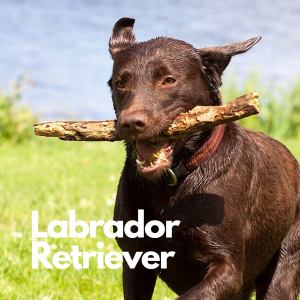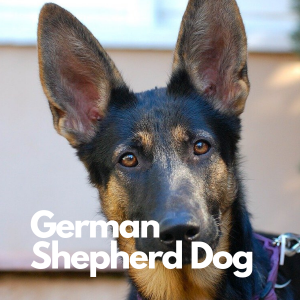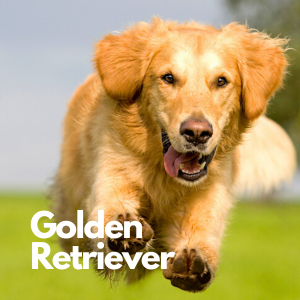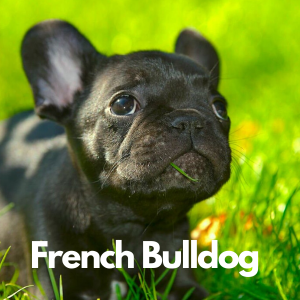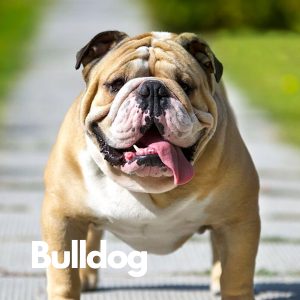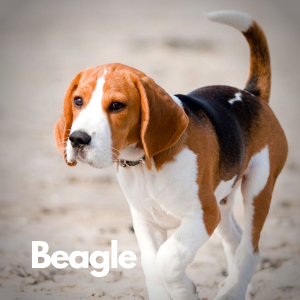
Herding
35-50 lbs.
17-20 in.
13-15 years
1. Key Characteristics of Australian Cattle Dogs
The Australian Cattle Dog, a medium-sized breed, is strong and highly agile with amazing endurance.
These hardworking dogs come in a blue or red mottled or speckled pattern with or without black and tan markings. Their body is slightly longer than the tail, and they have a longish snout and inquisitive ears.
2. Where Australian Cattle Dogs Came From
In 19th-century Australia, George Elliot crossed a blue merle collie with a local Australian wild dog, the dingo, to create a working dog with attitude who could handle the rigors of outdoor life in the bush.
Cattle farmers Jack and Harry Bagust of Caterbury in Sydney, Australia, later crossed the Elliot dogs with a Dalmatian, looking to breed in some loyalty and a better ability to work with horses.
Unfortunately, the working ability was lost with this new mix. To restore it, they bred Kelpie into the dog, and the Australian Cattle Dog was born.
In 1903, the Australian Cattle Dog was adopted by the Cattle and Sheepdog Club of Australia. The breed was not accepted into the American Kennel Club (AKC) for almost 100 years but was finally inducted in 1980.
Fun fact: Australian Cattle Dogs were originally known as Queensland Blue Heelers, or Blue Heelers, because they often controlled cattle by nipping at their heels.

3. How Friendly Are Australian Cattle Dogs?
Australian Cattle Dogs bond closely with their families and are suspicious of strangers, although not aggressive.
They require strong leadership. They are, however, very obedient when they know what is expected of them and are eager to please.
Because of their energetic personalities, Australian Cattle Dogs do not do well in apartments.
They tend to nip at the heels of running children. Some experts say this trait rules them out for families with young children, while others claim the dog’s attachment and loyalty to its family makes it an ideal pet.
4. Is This the Right Dog for You?
Exercise Needs
VERY HIGH: Australian Cattle Dogs must have at least 2–3 hours of good, solid exercise and obedience or agility work every day. They need wide-open spaces to run, and they need a job of some sort to keep them mentally alert.
They would make good agility dogs if not being used on a farm.
Grooming Needs
LOW: The Australian Cattle Dog has a smooth, light coat and thus minimal grooming requirements. You’ll need to provide just the occasional brush and bath, along with all the other regular dog maintenance: ears cleaned, nails clipped, teeth brushed.
Health Problems
MEDIUM: Ailments that pop up in this breed include:
More Stats About Australian Cattle Dogs
| Friendliness | ★★★★☆ |
| Ease of Training | ★★★★★ |
| Barking/Howling | ★★☆☆☆ |
| Shedding | ★★★☆☆ |
| Tolerate Being Alone | ★★★☆☆ |
| Very Good With Kids | ★★★☆☆ |
Check out this video on Australian Cattle Dogs:

5. How to Adopt an Australian Cattle Dog
Please consult rescues and adoption resources first. Check out Petful’s adoptable pet finder. You can filter results by ZIP code and breed.
References
- “Australian Cattle Dog.” American Kennel Club. https://www.akc.org/dog-breeds/australian-cattle-dog/.
- “Australian Cattle Dog Breed History.” Australian Cattle Dog Club of America. https://www.acdca.org/breed-history/.

